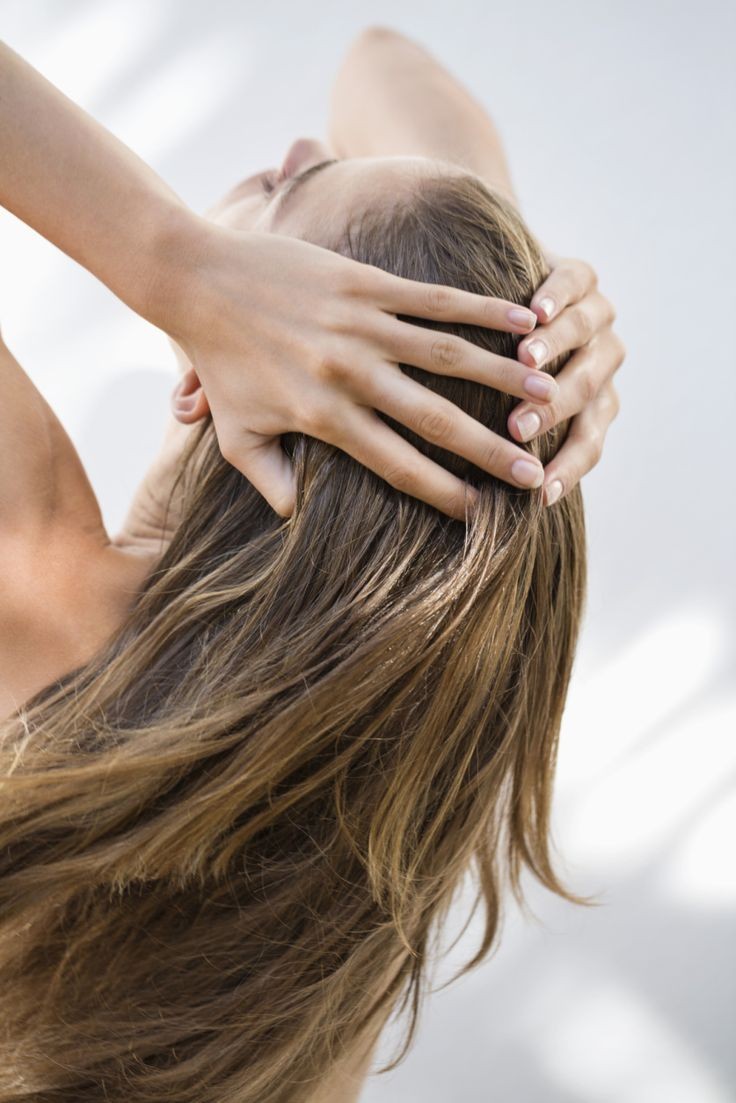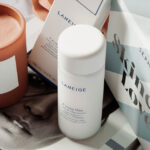

What causes an oily scalp? How to manage it

Oily hair is a widespread issue that affects people of all hair types and ages. Understanding the scientific factors behind oily hair is essential for effective management and treatment.
This article explores the biological mechanisms of sebum production, identifies key factors contributing to excessive oiliness, and provides expert advice on managing oily hair.
The Science of Sebum
Sebum is an oily substance produced by sebaceous glands located in the scalp. It plays a vital role in maintaining hair and scalp health:
-Moisturization: Sebum helps keep hair and scalp hydrated by preventing moisture loss.
-Protection: It creates a barrier against environmental damage, including UV radiation and pollution.
-Antimicrobial Properties: Sebum contains lipids that have antimicrobial properties, protecting the scalp from infections.
Factors Influencing Sebum Production
-Genetics
•Inherited Traits: Genetic factors significantly influence the size and activity of sebaceous glands. Studies indicate that individuals with a family history of oily skin or hair are more likely to inherit hyperactive sebaceous glands.
-Hormonal Regulation
•Androgens: Hormones, particularly androgens like testosterone, regulate sebaceous gland activity. During puberty, increased androgen levels can lead to higher sebum production, resulting in oilier hair. Hormonal changes during the menstrual cycle, pregnancy, and menopause can also affect sebum levels.
•Cortisol: Stress triggers the release of cortisol, which can indirectly stimulate sebaceous glands, increasing sebum production.
-Scalp Health and Microbiome
•Microbial Balance: The scalp microbiome consists of various bacteria and fungi that maintain scalp health. Disruption in this balance, often due to improper hygiene or overuse of hair products, can lead to conditions like seborrheic dermatitis, which increases oiliness.
•Inflammation: Scalp conditions causing inflammation, such as dandruff and psoriasis, can stimulate sebaceous glands to produce more sebum as a protective response.
-Diet and Lifestyle
•Dietary Impact: Diets high in refined sugars, dairy, and unhealthy fats can increase sebum production. Conversely, diets rich in fruits, vegetables, and omega-3 fatty acids can help regulate sebum levels and promote scalp health.
•Stress: Chronic stress can lead to elevated cortisol levels, indirectly increasing sebum production. Effective stress management is crucial for maintaining a healthy scalp.
-Hair Care Practices
•Overwashing: Frequent washing can strip the scalp of natural oils, prompting sebaceous glands to produce more sebum to compensate. Finding the right washing frequency is essential for balance.
•Product Build-Up: Heavy use of styling products, especially those containing silicones and oils, can clog pores and lead to increased sebum production. Regular use of clarifying shampoos can help prevent this build-up.
Expert Recommendations for Managing Oily Hair
-Customized Hair Care Routine
•Shampoo Selection and Frequency: Use a gentle, sulfate-free shampoo designed for oily hair and adjust washing frequency based on individual needs. Some may need to wash daily, while others might benefit from washing every other day.
•Conditioner Application: Apply conditioner primarily to the ends of the hair, avoiding the scalp to prevent adding extra oil.
-Targeted Scalp Treatments
•Exfoliation: Regular scalp exfoliation removes dead skin cells and product build-up, promoting a healthier scalp environment and regulating sebum production.
•Oil-Control Products: Products with ingredients like salicylic acid, charcoal, or clay can absorb excess oil and maintain scalp balance.
-Lifestyle Modifications
•Balanced Diet: A diet rich in vitamins (A, D, E), zinc, and biotin supports scalp health and helps regulate sebum production.
•Stress Management: Incorporating stress-reducing activities such as exercise, yoga, and meditation can help maintain hormonal balance and reduce sebum overproduction.
Effectively managing oily hair involves understanding its underlying causes and addressing them through tailored hair care routines and lifestyle adjustments. Genetic, hormonal, dietary, and environmental factors all play a role in sebum production. By staying informed and adopting a comprehensive approach, individuals can achieve healthier, more balanced hair.
The Hair Growth CycleThe hair growth cycle comprises three phases: anagen (growth), catagen (transition), and telogen (resting). Each hair follicle operates independently, meaning some hairs are growing while others are resting. This cycle ensures continuous hair renewal and contributes to overall hair health.



